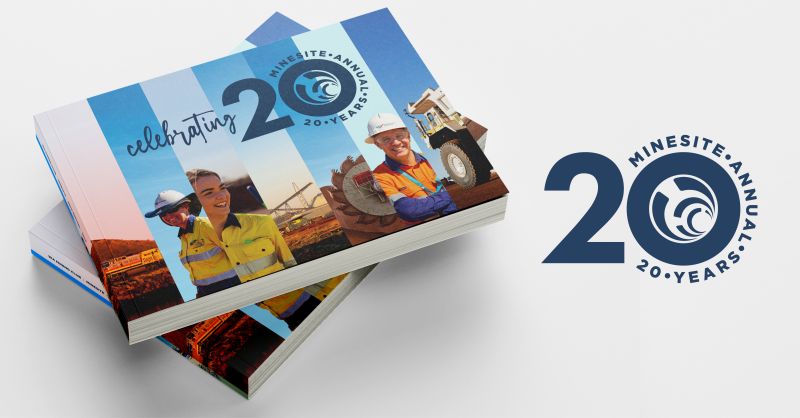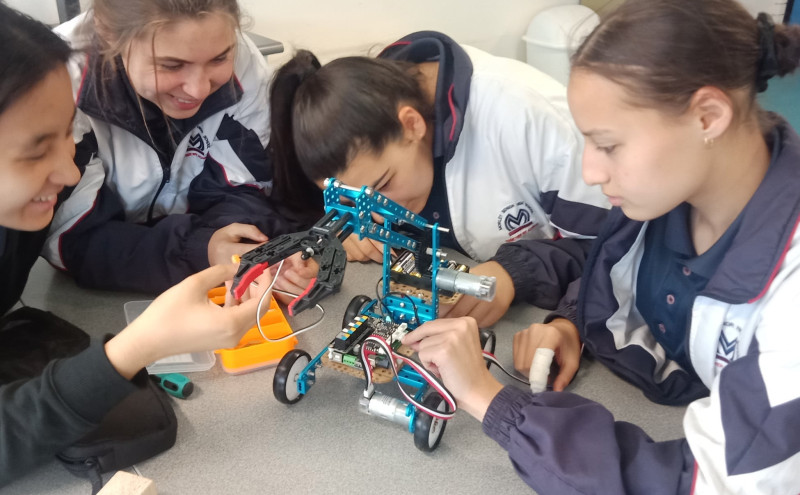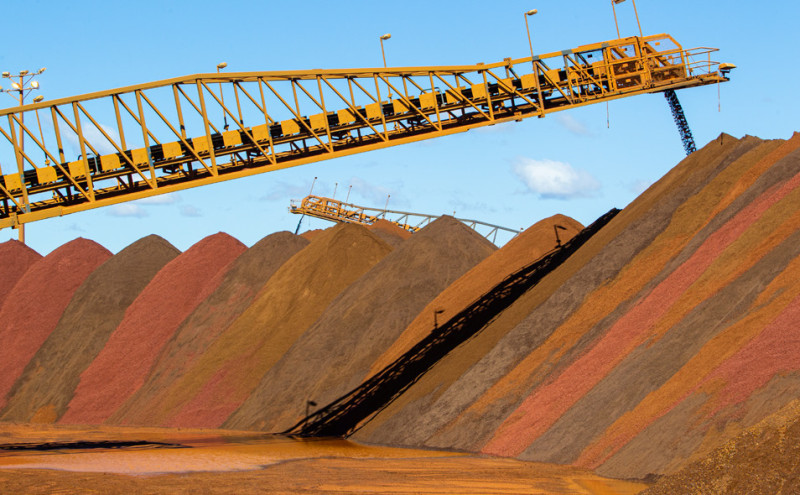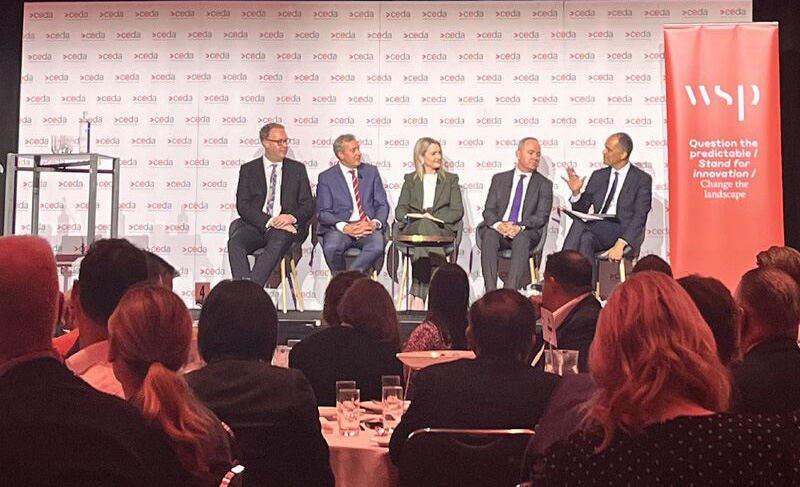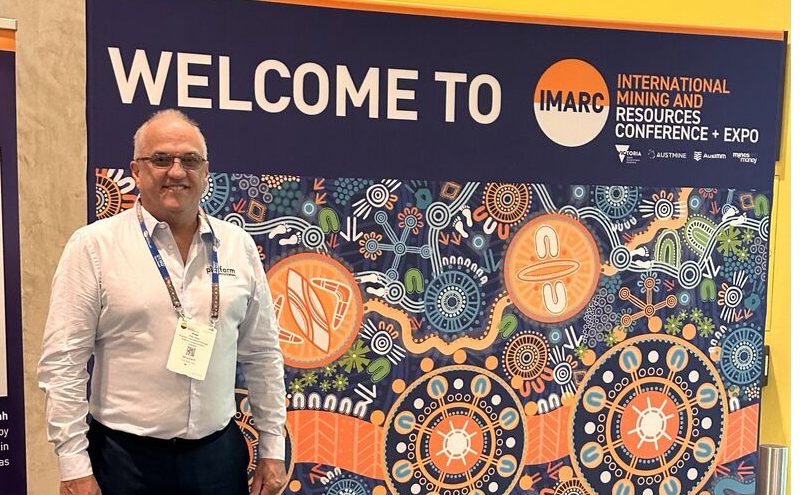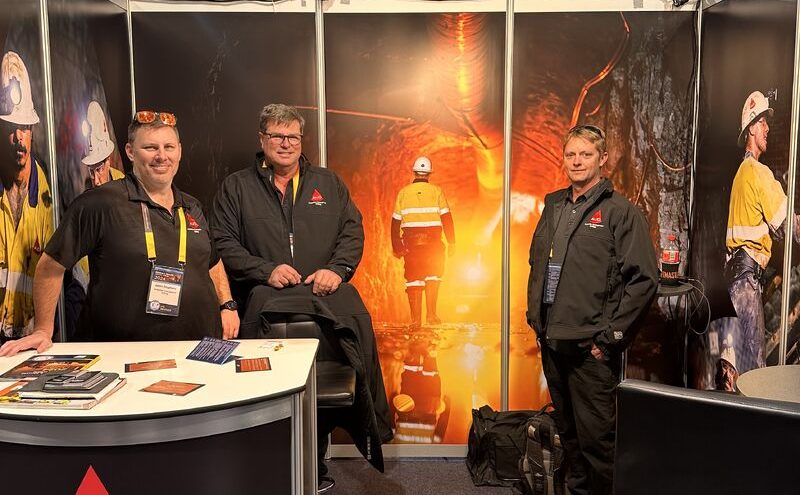The unprecedented COVID-19 pandemic caused disruption across all industries and forced businesses to reshape how they work, collaborate, and operate and to rethink business models, leadership culture, and hiring practices.
This major interruption to normalcy brought to light the digitalisation, innovation, and technology advancement in the mining sector which Deloitte’s Tracking the Trends 2022 report said has been in the works for several years.
“While some early movers saw the need for change coming 10, 15, even 20 years ago and have been redefining their organisations and operations accordingly, for many firms, the necessity for fundamental change only really hit home in 2020-21,” the report said.
The pandemic caused a global upheaval, but it presented an opportunity to fast forward technological innovation and digital transformation in a reimagined world of mining.
Automation at mine sites proved resilient against the pandemic backdrop, having the ability to protect the health, safety, and well-being of workers by requiring fewer workers to be on site, or the ability to work remotely.
However, for innovation to be successful, it needs to be integrated with core business processes.
“Often too much focus is put on the technology and not enough on how the organisation will interface with that technology and use it to drive effective integrated decision-making that optimises the system versus an individual function,” the report said.
The aim of mining innovation is to result in an improved change. To enable this to occur, the change will require time for understanding, deployment, and adoption.
“To get the full value from a new technology or business offering requires its integration with other systems, technologies, and procedures, and adoption by the workforce,” the report said.
“Approximately 30 per cent of the innovation effort could be dedicated to the period after deployment to make sure the change is effective.
“Innovation processes and budgets should reflect this, and allow for ongoing training for personnel.”
Communicating important changes which impact internal and external stakeholders is an important step towards obtaining buy-in, behavioural change and sustaining the change.
The innovation and technology changes for mining companies will only be as successful as the workforce that operate and execute them.
The ‘Great Resignation’ in 2022 has resulted in employees re-assessing their priorities and considerations about their future employers.
“In the future of work, human potential is entwined with technology,” Deloitte said.
“Rearchitecting work creates sustainable value for organisations by intentionally designing new outcomes focused on optimising the interconnection of humans and work-related technologies.”
Along with the introduction of innovative technologies, new and prospective roles will unfold. This opens the talent pool for hiring people from diverse backgrounds.
“Today, the goal is to hire and integrate diversity of talent and ideas, including people from underrepresented groups, races, those with disabilities, LGBTQIA+ community members, and new generations,” the report said.
“As the mining industry settles into a ‘new normal,’ leaders are faced with mounting pressure to avoid falling back into conventional ways of working.
“Achieving the transition requires them to craft new business models, challenge conventional definitions of productivity, embed a culture of trust, replace hierarchic management with empowered collaboration, and manage the cultural and engagement issues associated with long-term remote working.”
Gold Fields Australia unit manager, innovation and technology, Australasia, Rob Derries said that Gold Fields, like many businesses, needed to adopt more agile working platforms and procedures to ensure the company could support remote working.
“We were able to adapt quickly with minimal disruption to our business, so I feel the industry is in good shape now to handle similar issues,” he said.
“There are always improvements we can make, but the challenge is our industry’s expectation of implementing these changes with minimal disruption to our people and operations, which isn’t always possible in large scale adoptions.”
Derries agreed that the role of change management practices had direct impact on diversity of thought and positive culture changes.
“Many industries have a rich history of implementing change well and being able to attract this experience and expertise will be beneficial to the mining industry,” he said

